Ontotext Marketing Gets a Boost from Knowledge Graph Powered LLMs
Ontotext
MARCH 13, 2024
Motivated by our marketing team’s aim to simplify content discovery on our website, we initiated the Ontotext Knowledge Graph (OTKG) project. We started with our marketing content and quickly expanded that to also integrate a set of workflows for data and content management. What is OTKG?

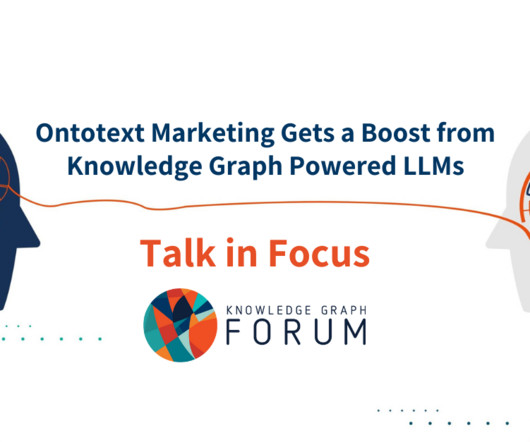



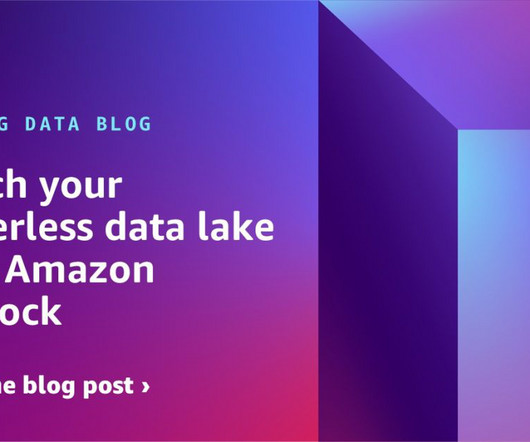
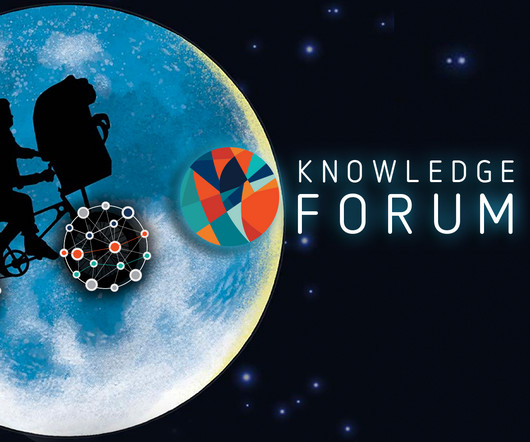
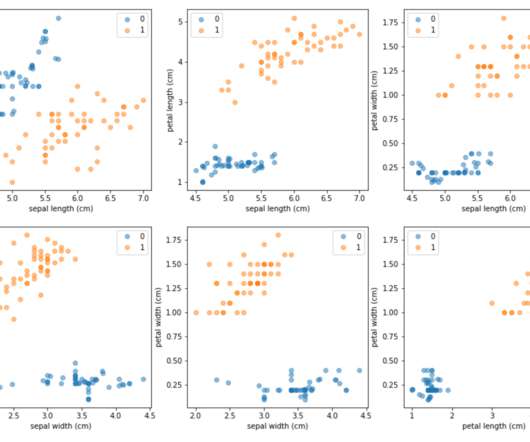
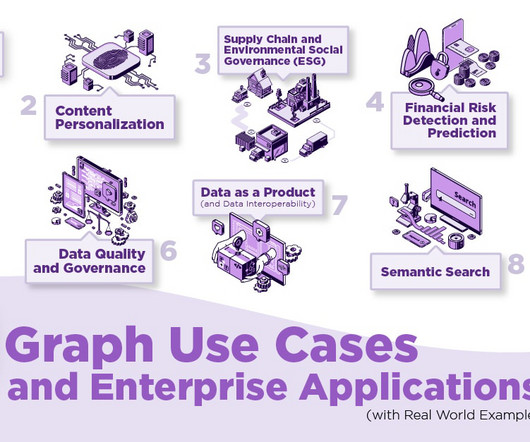

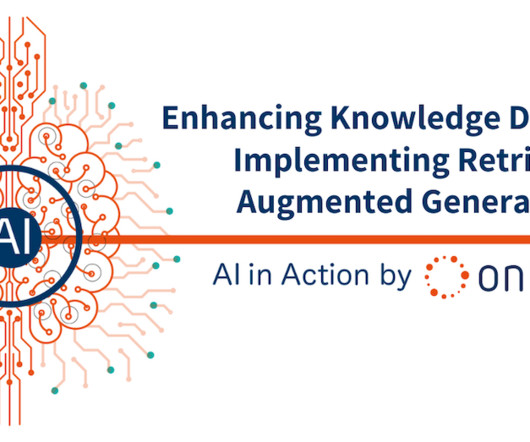








Let's personalize your content